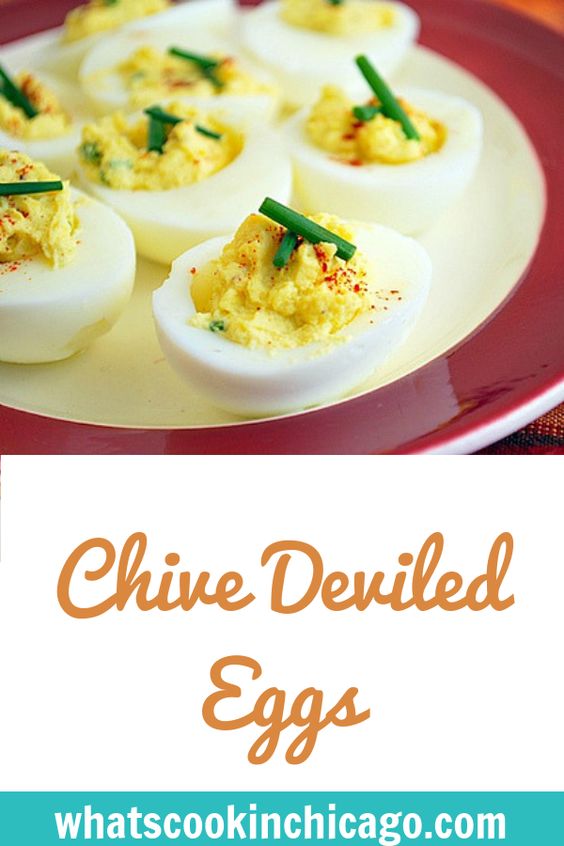

Grit stays in your chicken’s gizzard, and it helps turn food into manageable pieces for their digestive system. The purpose of chick grit is to help your chickens process and digest their food.Ĭhances are you realize that chickens don’t have teeth to chew up their food. You might assume that means they’re the same thing or provide the same function.īoth chick grit and oyster shell are valuable to the health of your birds, but they’re not the same thing. When you visit your local feed store, you’ll find oyster shell and chicken grit on the same shelf. It’s safest to let your chickens decide for themselves when they need and want oyster shells. Doing this risks overloading the chickens who don’t need more calcium with it, leading to potential health problems. Never mix the oyster shells into their chicken feed.
EGG SHELLTO CHIV FREE
Leave out a feeder or bowl that holds the oyster shells, and give your chickens free choice access. There is no set amount of oyster shells to give to chickens. How Much Oyster Shell to Give to Chickens It also should be given if you have broody hens or molting chickens. Oyster shells should be given year-round, no matter if it’s the winter or summer. They’ll eat how much they need, and if they don’t need it, chances are the other chickens will stay clear. Giving your chickens free choice access reduces the risk of giving too much to chickens who don’t need the additional calcium.Ĭhickens might not seem like they’re intelligent, but they understand what nutrients they need. The best way to give oyster shell to chickens is by leaving out a separate bowl of oyster sell a separate feeder works as well. When to Start Giving Oyster Shells to Your Chickens Make sure you fix this because an aggressive chicken might injure or kill another flock member. If you notice your hen acting meaner or pecking other members of the flock, they might have a calcium problem. Having a calcium problem increases the likelihood of poor behavior. Watch for this in all chickens it doesn’t just happen to non-laying chickens. Unless your chicken is at an age when it should stop laying eggs, a lack of calcium might be the problem.Ĭhickens that are lame or suffer from stiff legs might have bone problems due to low calcium levels.


That’s a lot of calcium that your chickens need for several reasons. Laying hens need oyster shells because they put 20 times the amount of calcium into her eggs than her bones. Hens who aren’t yet laying have no reason to be fed oyster shell. Something to keep in mind is that not all chickens need to eat oyster shells. Chicken breeds that lay a lot of eggs often require more calcium than other breeds. If your chickens receive food scraps or free-range, then they’re more likely to have lower levels.Ĭhickens are all different, so while one hen might find the feed sufficient in calcium, another might. If you only feed your chickens commercial feed, they’re more than likely okay. Did you know that eggs contain 94-97% calcium carbonate, all of which needs to come from your chicken’s body? Chances are your hens don’t receive enough simply from their feed.Īn average hen needs 4-5 grams of calcium per day. If your feed doesn’t provide enough or your chickens show that they need more calcium, feeding oyster shell is a great way to supplement. Take a good look at the layer feed that you feed to your hens. Laying hens often need more calcium than what they receive from their daily feed. You might think that feeding your chickens commercial feed will provide all of the calcium that your flock needs, but that’s not always true. Oyster shells contain high levels of calcium, and some chicken owners refer to this as soluble grit. As you might imagine, oyster shell is ground up oyster shells yes – the oysters from the ocean! Sometimes, some commercial oyster shells contain other types of shells, but it’s typically regular oyster shells.


 0 kommentar(er)
0 kommentar(er)
